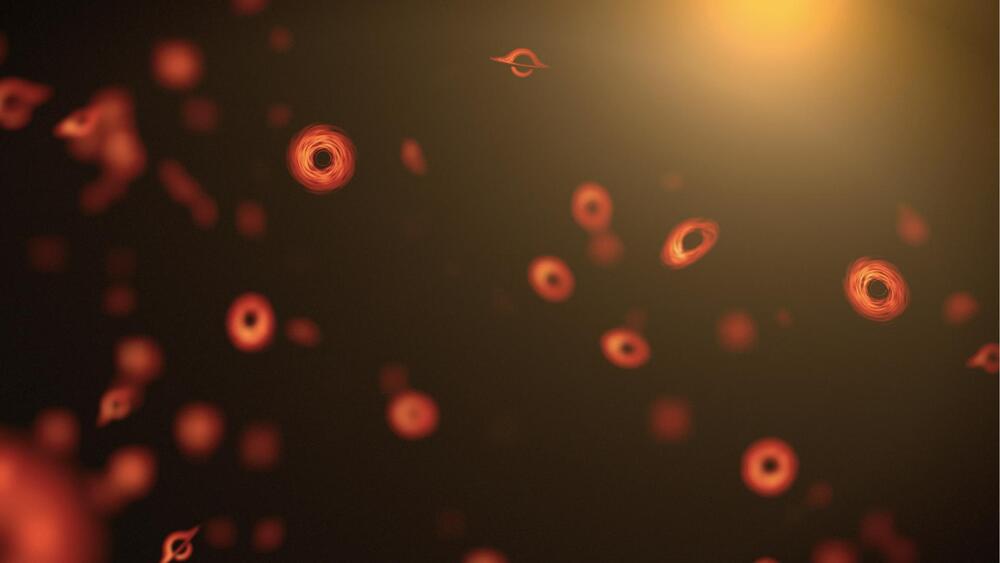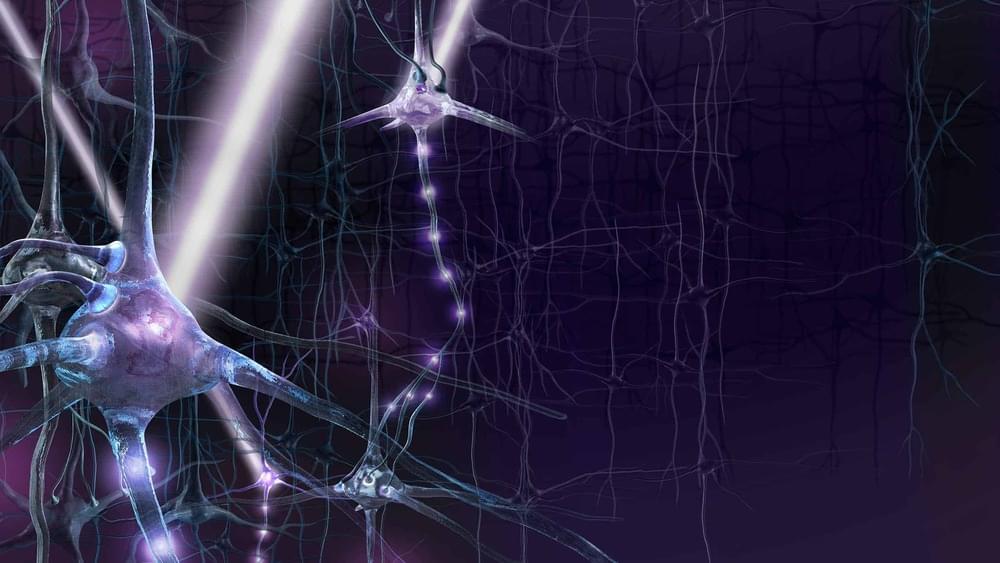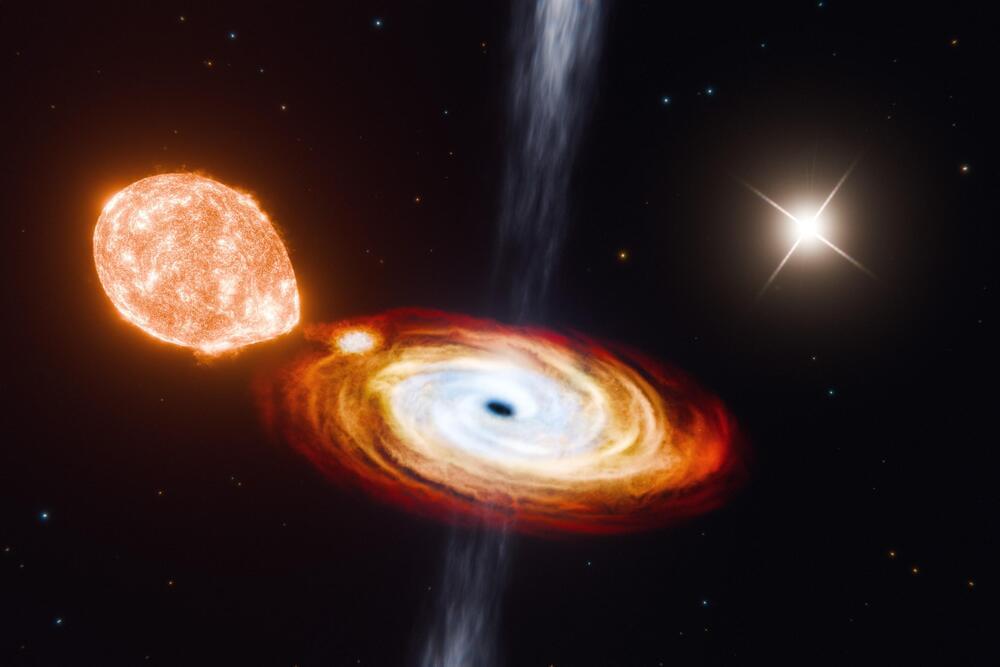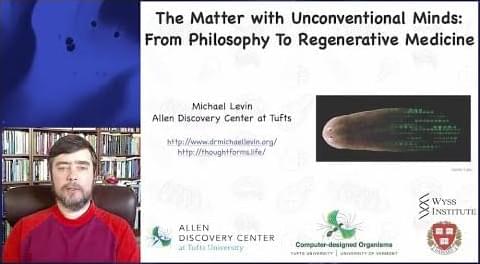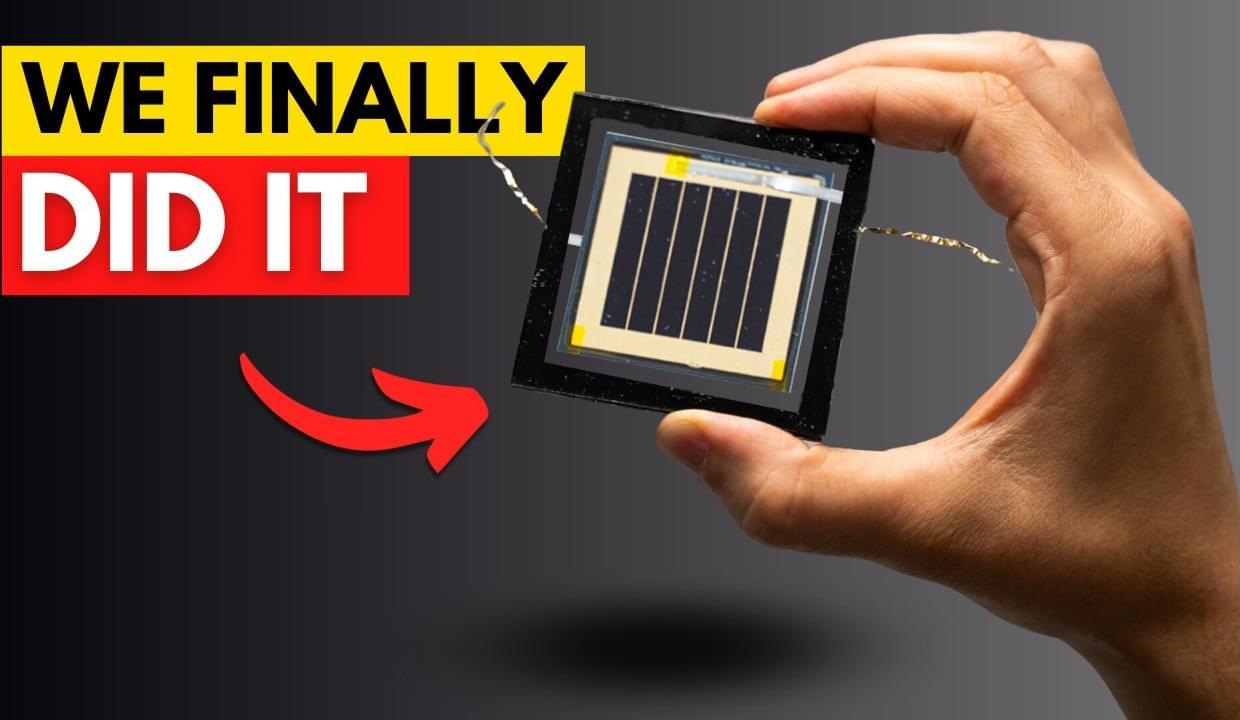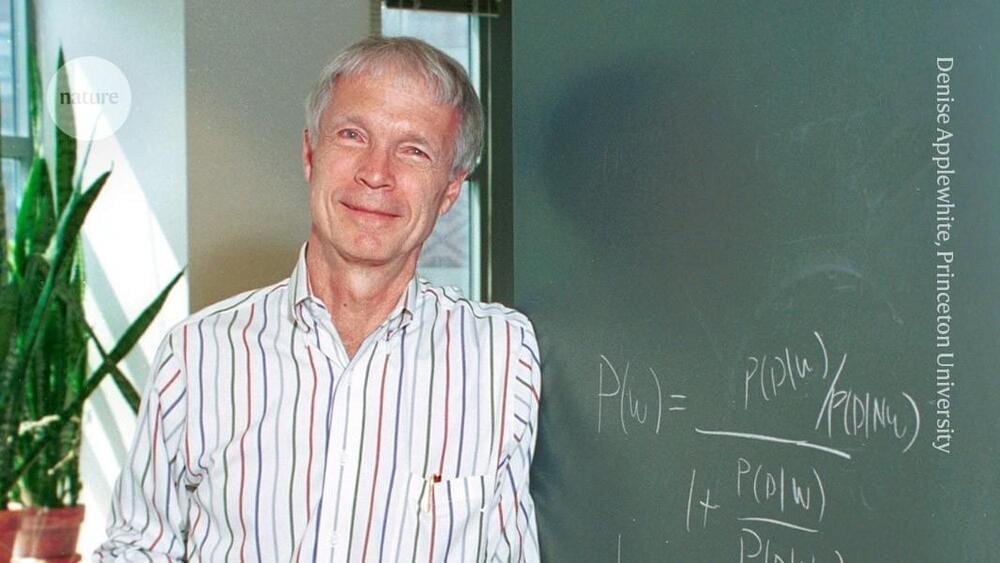Nov 7, 2024
Hawking radiation may unveil hidden physics in black hole explosions
Posted by Shubham Ghosh Roy in categories: cosmology, physics
Detecting exploding primordial black holes from the universe’s first second may unveil new physics.
In that moment, pockets of hot material may have been dense enough to form black holes, potentially with masses ranging from 100,000 times less than a paperclip to 100,000 times more than the sun’s, according to scientists.
Continue reading “Hawking radiation may unveil hidden physics in black hole explosions” »
